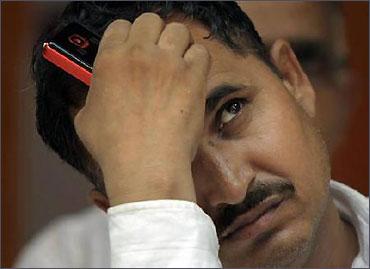The Phenomenal rise in Gold Price and its entry as a Investment Vehicle in the Last decade attracted many towards the precious metal. The Gold ETF's across the India became flavour and favour. Inspite, this rise the Indian Gold demand remain inelastic and more so Price Inefficient. In Mid 60s till mid 90s Gold remained as the Smuggler's Favourite and M/s Hajji Mastan and Co made a Huge moral victory by smuggling gold over drugs.
Mr Yashwant Sinha then finance Minister lowered the custom duty on Gold. 2001-2002:"In order to discourage smuggling I propose to reduce the duty on gold from Rs 400 per 10 grams to Rs 250 per 10 grams."- Yashwant Sinha.
Well, then Gold was trading at much Lower Price @ $ 300 per Ounce and RS 6000 about in Indian Currency .
Mr Yashwant Sinha then finance Minister lowered the custom duty on Gold. 2001-2002:"In order to discourage smuggling I propose to reduce the duty on gold from Rs 400 per 10 grams to Rs 250 per 10 grams."- Yashwant Sinha.
Well, then Gold was trading at much Lower Price @ $ 300 per Ounce and RS 6000 about in Indian Currency .
The Call of Duty
In a bid to match the import duty with rising prices, the government trebled the customs duty on import of gold by increasing the duty twice by Rs. 100 each time, during the Fiscal Year 2009-10.
On 17th January 2012 the government again changed the import duty and it has been set at 2% of value from the earlier import duty of flat Rs 300 per 10 grams. This means, at current price of Rs. 27,700 (rounded-off current gold price) for 10 grams of gold, while you used to pay Rs. 300 as customs duty, it will now increase to Rs.560 (approximately) per 10 grams. In other words, customs duty which amounted to 1.08% at current prices has increased to 2% of value; nearly double of the tariff.
What made the government raise the import duty on gold again? Here are a few probable reasons...
One, India is the world's largest consumer of gold and most of the gold demand is satisfied through imports. As consumption of gold increased, the value of gold imports also saw a rise. We know that higher imports require higher foreign exchange to pay for the import bill, causing a strain on the country's trade balances. Higher imports and rising gold prices worsened the rising trade deficit issue. As per December 2011 data, gold and silver imports grew at 53.8% to $45.5 billion.
Is Gold an Investment for Indians..?
Traditionally, Yes and quite wisely Gold is called Woman's Wealth ( Stree Dhan ). Its exchangeable and posses highest liquidity otherwise remains static in Value. Surely, No one has ever called it as trader's paradise.
Does it make economic sense..
I think Gold at this price of Rs 27000/ looks tad costly but at Rs 20000 sure is a Buy.




